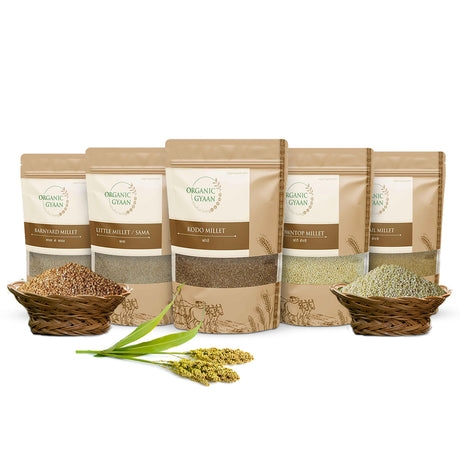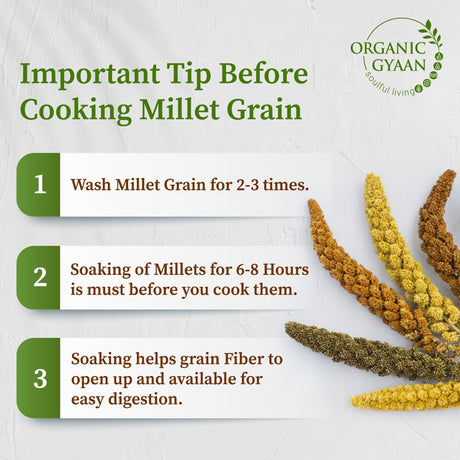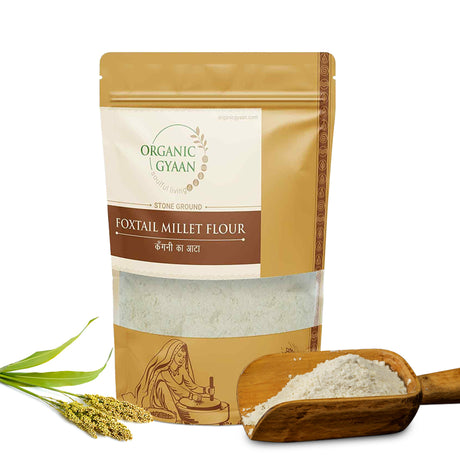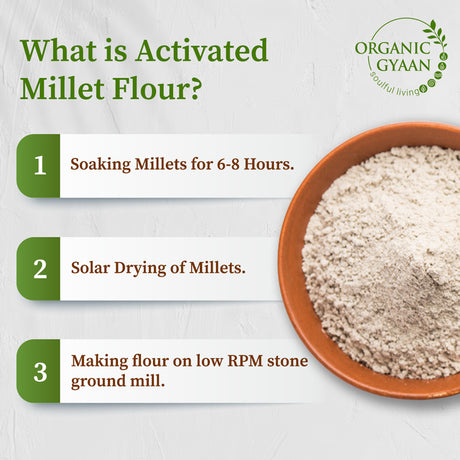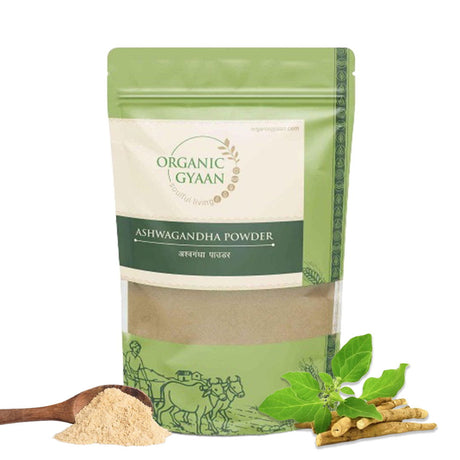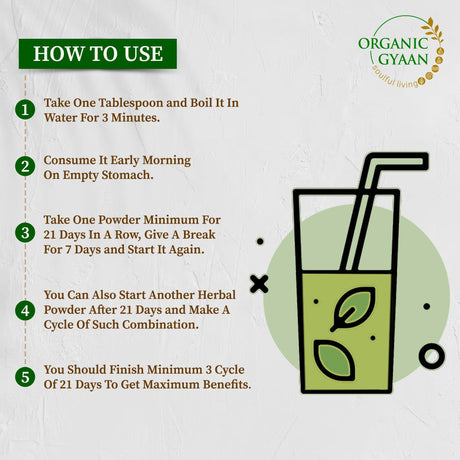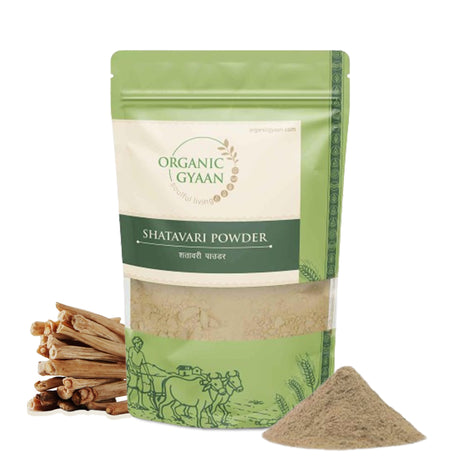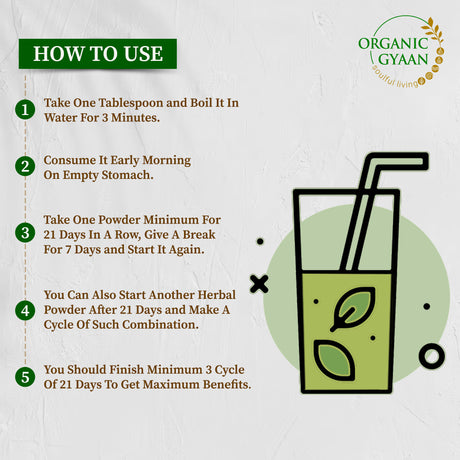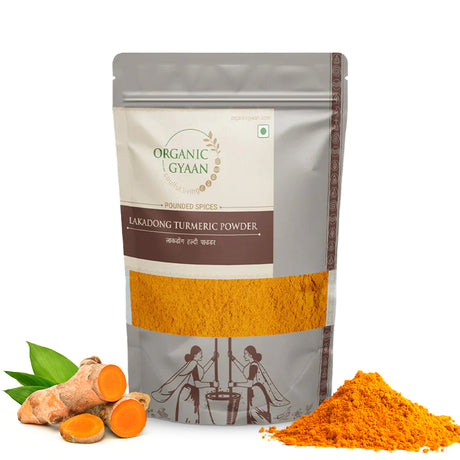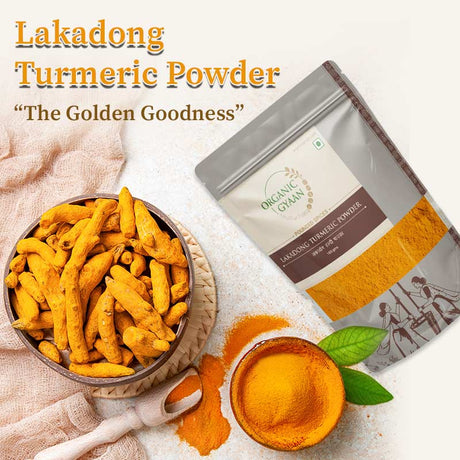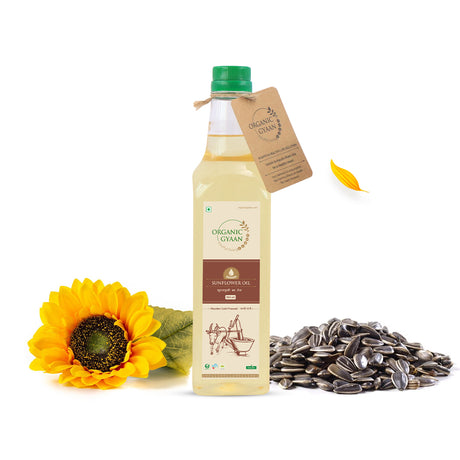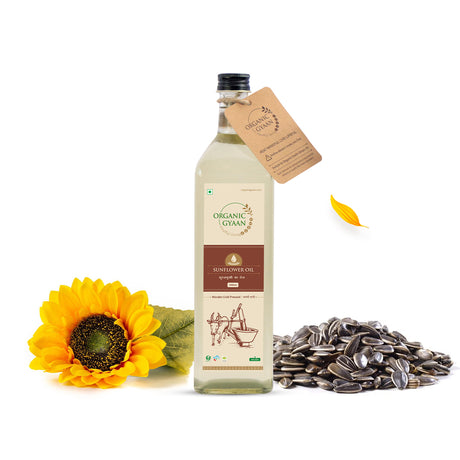In recent years, millets have made a big comeback-and for good reason. Packed with fiber, vitamins, and minerals, these ancient grains are now being recognized for their powerful health benefits. But eating millets isn't just about replacing rice or wheat-how you cook them and what ingredients you use can make a huge difference in how much goodness your body absorbs.
This is exactly what Dr. Khadar Vali, also known as the “Millet Man of India,” has been passionately advocating. He doesn’t just recommend eating millets-he guides people to cook them the right way using clean, traditional methods and natural ingredients. Let’s dive into how to cook millets properly for maximum benefits-along with the importance of using Siridhanya millets, cold-pressed oils, palm jaggery, and earthen cookware.
Who is Dr. Khadar Vali and Why Millets?
Dr. Khadar Vali is a respected food and health expert known for his work in promoting millets as powerful natural medicine. He refers to a group of five special millets as Siridhanya or "positive millets":
- Foxtail Millet (Navane)
- Kodo Millet (Arka)
- Little Millet (Samai)
- Barnyard Millet (Oodalu)
- Browntop Millet (Korale)
These millets are rich in fiber and nutrients that help with lifestyle diseases like diabetes, obesity, thyroid issues, and even hormonal imbalances. But again, the key lies in how you cook and eat them.
Step 1: Soak & Cook Millets the Right Way
Millets have natural compounds like phytic acid that can block nutrient absorption. Soaking them properly helps reduce this and improves digestion.
How to soak:
- Rinse the millets well.
- Soak in clean water for 6–8 hours or overnight.
- Drain and rinse again before cooking.
Cooking tips:
- Use a 1:2 millet-to-water ratio for most millets (adjust for softer or firmer texture).
- Cook in an earthen pot instead of non-stick or aluminum cookware.
Why earthen pots?
- They are chemical-free and retain natural minerals.
- They cook food slowly and evenly.
- They add a natural earthy taste and help preserve nutrients.
Step 2: Use Cold-Pressed Oils Instead of Refined Ones
Dr. Khadar Vali recommends cold-pressed oils over refined or processed oils. Refined oils are made using high heat and chemicals that destroy nutrients and harm health in the long run.
Better Options:
These oils are extracted without heat, keeping natural antioxidants and healthy fats intact. Use them for cooking your millet dishes or tempering your vegetables.
Step 3: Replace Sugar with Palm Jaggery (Karupatti)
When you make millet-based sweet recipes like laddoos or porridge, skip the white sugar. Instead, go for palm jaggery powder stored in earthen pots.
Benefits of Palm Jaggery:
- Rich in iron and other minerals
- Supports digestion
- Boosts energy and immunity
- Adds depth and natural sweetness
Palm jaggery complements the nutty flavor of millets and is a great way to satisfy your sweet tooth without harming your health.
Step 4: Cook with Local Veggies and Indian Spices
Millet meals become even more nutritious when paired with seasonal vegetables and traditional spices. Use fresh, local ingredients whenever possible.
Great pairings include:
- Pumpkin, spinach, ridge gourd, carrots
- Cumin, turmeric, mustard seeds, curry leaves, ginger
These enhance taste and aid digestion. Together with millets, they create a healing, wholesome meal that supports gut health and overall wellness.
Sample Millet Meal – A Healing Plate
Here’s a simple recipe idea following Dr. Khadar Vali’s guidelines:
Foxtail Millet Veg Khichdi
Ingredients:
- 1 cup foxtail millet (soaked)
- 2 cups chopped vegetables (pumpkin, spinach, carrot)
- 1 tsp cold-pressed coconut oil
- 1 tsp mustard seeds, curry leaves, cumin
- Himalayan pink salt, turmeric to taste
Method:
- Cook millet with water in an earthen pot.
- In a separate pan, add coconut oil, spices, and sauté vegetables.
- Mix veggies with cooked millet, simmer for a few minutes, and serve hot.
Optional Sweet Add-on:
Make a Little Millet Payasam with palm jaggery and coconut milk for dessert.
Why This Matters
When you combine Siridhanya millets, cold-pressed oils, palm jaggery, and natural cookware, you’re giving your body clean, healing food - just the way nature intended. Dr. Khadar’s approach is all about preventing and reversing diseases with food as the first medicine.
Conclusion
Cooking millets the right way isn’t just a trend - it’s a return to our roots. As Dr. Khadar Vali teaches, real healing starts with the food we eat daily. By choosing Siridhanya millets, cooking in earthen pots, using cold-pressed oils, and sweetening naturally with palm jaggery, we’re not only nourishing our bodies - we’re also preventing disease and promoting long-term wellness.
These small changes might seem simple, but when practiced consistently, they can bring a big shift in your energy, digestion, and overall health. Your kitchen has the power to heal - all it needs is the right ingredients and mindful methods.
So take the first step today: swap that refined oil, ditch that white sugar, choose millets, and cook naturally. Your body will thank you - one healthy meal at a time.

